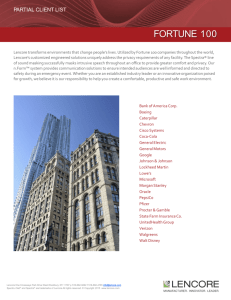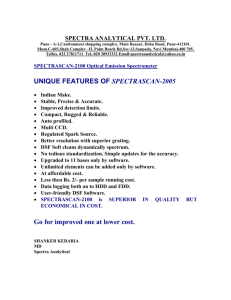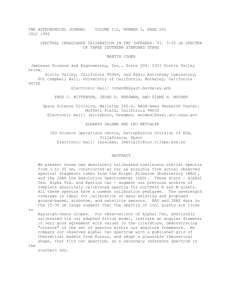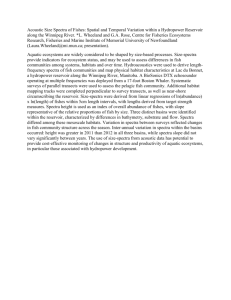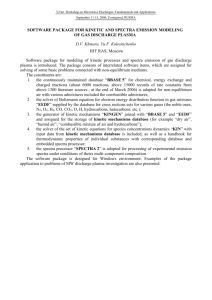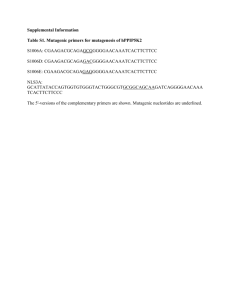Streszczenie
advertisement
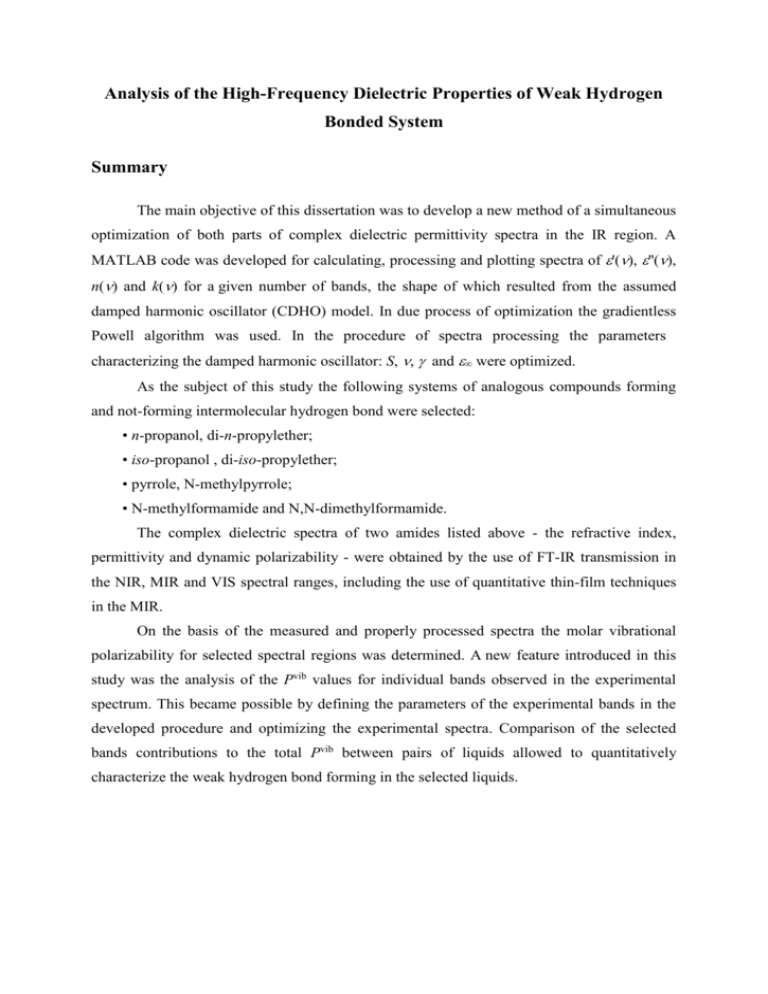
Analysis of the High-Frequency Dielectric Properties of Weak Hydrogen Bonded System Summary The main objective of this dissertation was to develop a new method of a simultaneous optimization of both parts of complex dielectric permittivity spectra in the IR region. A MATLAB code was developed for calculating, processing and plotting spectra of '(), ''(), n() and k() for a given number of bands, the shape of which resulted from the assumed damped harmonic oscillator (CDHO) model. In due process of optimization the gradientless Powell algorithm was used. In the procedure of spectra processing the parameters characterizing the damped harmonic oscillator: S, , and ∞ were optimized. As the subject of this study the following systems of analogous compounds forming and not-forming intermolecular hydrogen bond were selected: • n-propanol, di-n-propylether; • iso-propanol , di-iso-propylether; • pyrrole, N-methylpyrrole; • N-methylformamide and N,N-dimethylformamide. The complex dielectric spectra of two amides listed above - the refractive index, permittivity and dynamic polarizability - were obtained by the use of FT-IR transmission in the NIR, MIR and VIS spectral ranges, including the use of quantitative thin-film techniques in the MIR. On the basis of the measured and properly processed spectra the molar vibrational polarizability for selected spectral regions was determined. A new feature introduced in this study was the analysis of the Pvib values for individual bands observed in the experimental spectrum. This became possible by defining the parameters of the experimental bands in the developed procedure and optimizing the experimental spectra. Comparison of the selected bands contributions to the total Pvib between pairs of liquids allowed to quantitatively characterize the weak hydrogen bond forming in the selected liquids.

